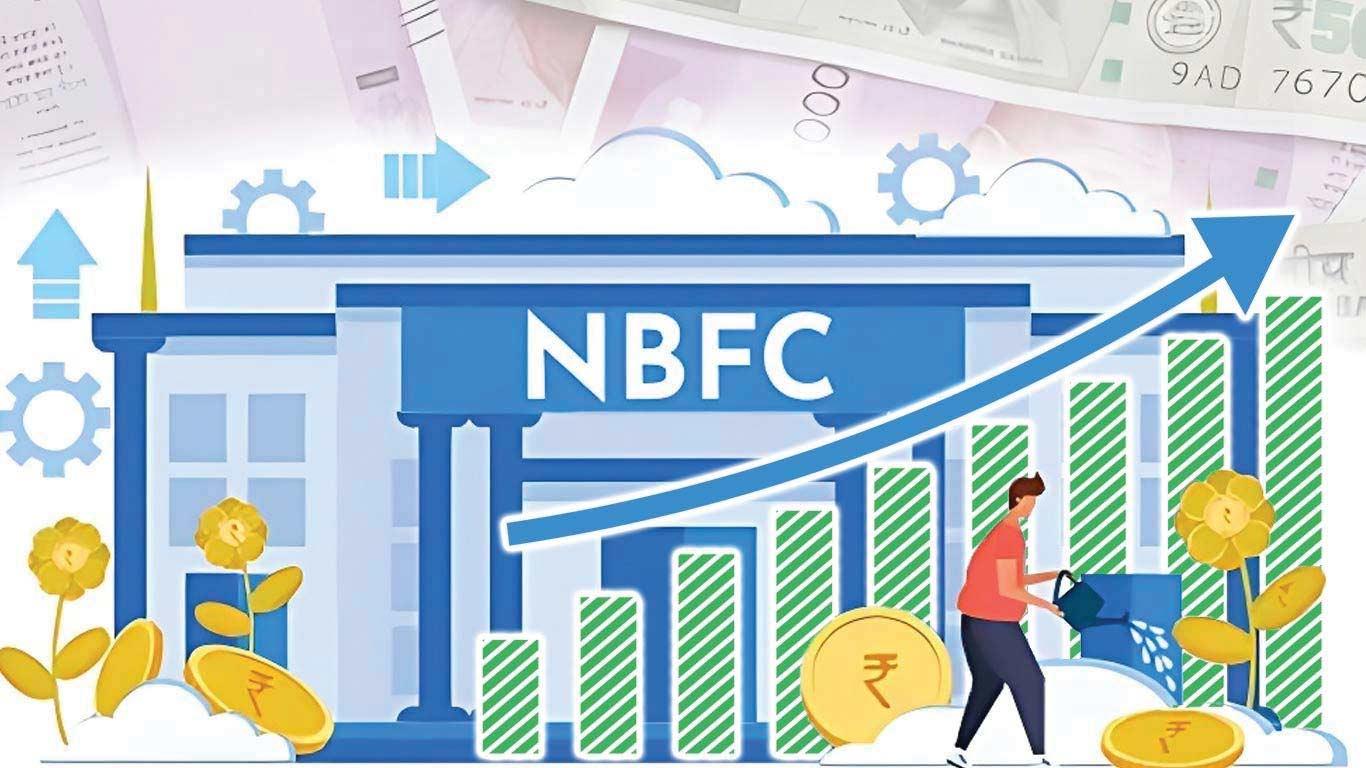Bank & NBFC Credit To Grow In Double Digit: ICRA
Non-banking financial companies (NBFCs), excluding infrastructure-focused entities, are projected to grow at a faster pace of 15–17 percent, supported by stronger economic activity and recent policy measures.
The report noted that momentum has been modest so far, with incremental bank credit at Rs 3.9 trillion in the first five months of FY26, compared with Rs 5.1 trillion in the same period a year earlier.
ICRA expects the recent Goods and Services Tax (GST) rate cuts and the upcoming reduction in the cash reserve ratio (CRR) to stimulate domestic demand and aid lending across both banks and NBFCs.
“Asset quality stress in retail and MSME segments resulted in slower growth for private banks and NBFCs. With improvement in economic activity post GST cuts, the growth appetite shall improve, which will support credit growth,” said Anil Gupta, Senior Vice President and Co-Group Head, ICRA, as quoted by ANI.
The agency cautioned, however, that credit costs are likely to rise modestly. It expects banks' credit costs to increase by about 13 basis points (bps) and NBFCs' by around 30 bps in FY26 compared with the previous fiscal, with pressures more visible in non-housing segments.
As of July 2025, loans to MSMEs and unsecured personal loans comprised 17 percent of banks' non-food credit, which stood at Rs 184 trillion.
For NBFCs, loans to small businesses and unsecured consumption accounted for 34 percent of their total credit portfolio of Rs 35 trillion as of March 2025.
ICRA flagged potential risks from macroeconomic uncertainties and global headwinds, particularly for export-linked sectors.
Borrowers such as transport operators tied to apparel exports, or employees of such industries, could face income shocks, affecting repayment capacity in microfinance, personal, or home loans.
Despite these risks, ICRA maintained a stable outlook for banks and NBFCs, barring the microfinance sector where the outlook remains negative.
It noted that large lenders have strong capital buffers to absorb potential stress, though smaller NBFCs with weaker capitalisation and higher overdue levels could face greater strain due to limited refinancing flexibility.
(KNN Bureau)
Legal Disclaimer:
MENAFN provides the
information “as is” without warranty of any kind. We do not accept
any responsibility or liability for the accuracy, content, images,
videos, licenses, completeness, legality, or reliability of the information
contained in this article. If you have any complaints or copyright
issues related to this article, kindly contact the provider above.
Most popular stories
Market Research

- Japan Buy Now Pay Later Market Size To Surpass USD 145.5 Billion By 2033 CAGR Of 22.23%
- BTCC Summer Festival 2025 Unites Japan's Web3 Community
- GCL Subsidiary, 2Game Digital, Partners With Kucoin Pay To Accept Secure Crypto Payments In Real Time
- Smart Indoor Gardens Market Growth: Size, Trends, And Forecast 20252033
- Nutritional Bar Market Size To Expand At A CAGR Of 3.5% During 2025-2033
- Pluscapital Advisor Empowers Traders To Master Global Markets Around The Clock






















Comments
No comment